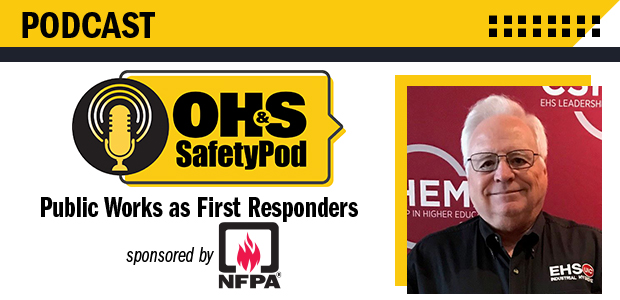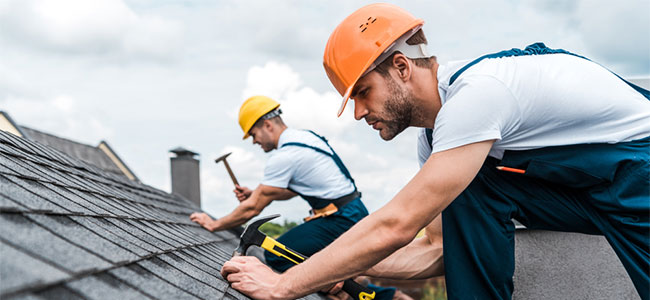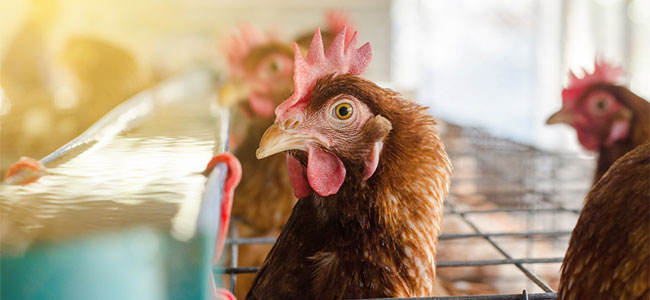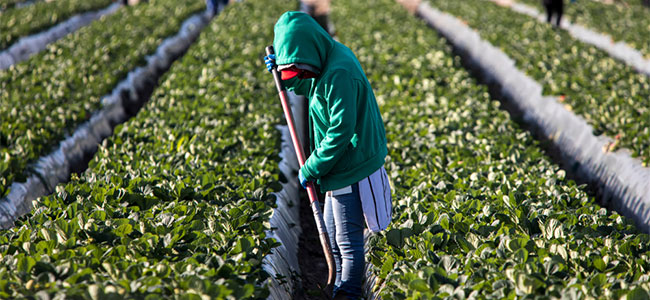
The VPPPA's annual Safety+ Symposium, currently taking place at the Orlando World Center Marriott in Orlando, Fla., has officially opened its expo hall doors, and attendees can explore the latest in safety products, gear, and technologies with over 150 exhibitors.

Attendees have the opportunity to expand their knowledge with a dynamic lineup of sessions on Sept. 19 and 20. Here are three workshops that are must-see sessions for any attendee.

What is the role of public works employees in emergency management and what health and safety risks do they face? Dr. Dennis Terpin joins the podcast to answer those questions and discuss the need for designated safety officers in the realm of Public Works.

The agency proposed $548,801 in fines to the company.

Strategic Materials Inc. faces $370,995 in proposed penalties.

The agency has obtained a warrant, allowing further scrutiny into the facility’s operation.

The move could significantly impact labor standards in the agricultural sector.

The partnership promises a new approach to workforce health and safety.

The funds aim to bolster the development of guidelines for hazardous airborne exposures.

Delve into the role of safety technology in tackling cognitive and confirmation biases, uncovering often overlooked workplace risks and fostering a proactive approach to ensuring a safer work environment.